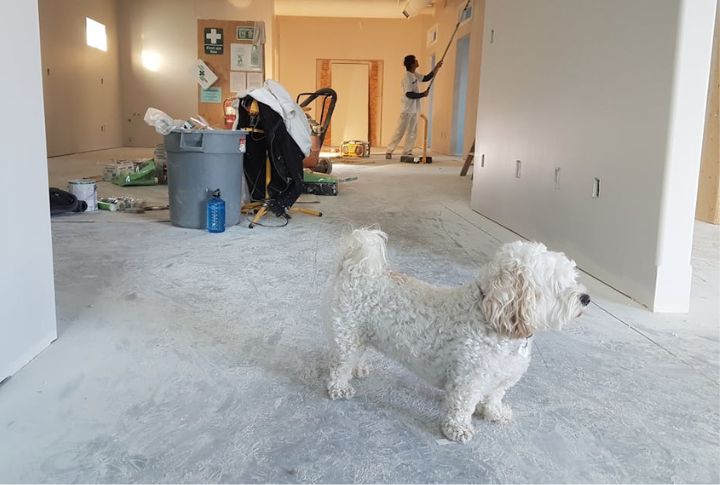
The middle class used to count on a few steady comforts. But slowly, those things became harder to hold onto. As prices rose and budgets tightened, many familiar routines began to slip away. Here are 10 changes that show how affordability has quietly evolved over the years, especially for the middle class.
Dining Out Regularly Is Now A Trade-Off

It used to be a casual part of the week, but dining out now forces a second thought. Restaurant prices have risen by more than 40% since 2013, and with tips nudging past 20%, many middle-class families reserve dining out only for special occasions.
A Modest Vacation Abroad Became A Luxury

A few years ago, planning a trip overseas felt within reach for many families. Today, airfare has increased by more than 30%, and costs associated with visas and exchange rates continue to add up. As a result, a one-week vacation now averages over $4,000 per person, according to Expedia.
Live Entertainment Now Comes With A Premium Tag

Attending an event? It now requires careful planning and extra cash. Resale markups and service fees sometimes drive total prices over 200%. And with Ticketmaster’s dynamic pricing, the costs increase during high-demand periods. Even basic access to live shows feels increasingly out of reach for many.
A Gym Or Wellness Routine Now Feels Like A Splurge

Just a few affordable paths to fitness remain, as budget gyms have closed following the pandemic. Wellness sessions, such as yoga or massage, typically cost over $100 each, while boutique memberships often exceed $150 per month. For many in the middle class, staying active has become an increasingly luxurious option. Their top options are cheap online sessions or free YouTube videos.
A Quick Medical Visit Can Create Long-Term Debt

A simple check-up comes with financial anxiety these days. Family premiums have jumped from $16,000 to $23,000, and deductibles over $1,700 are typical. People simply avoid appointments to cut costs. According to the CFPB, medical debt remains the leading cause of personal debt in the United States today.
Childcare Costs Rival Rent In Many Cities

For an average household, full-time childcare now accounts for a larger share of their budget than housing. In 38 states, infant care costs surpass in-state college tuition. Center-based options are also shrinking day by day, so many parents face difficult choices about work, lifestyle, and financial stability.
College Tuition Now Requires Debt By Default

Earning a degree has become a lifelong debt. Public university tuition has increased by over 30% in the past decade, while state support has declined. The result? Student loan debt has exceeded $1.7 trillion, with the average graduate leaving school with nearly $29,000 in debt before interest.
A New Car No Longer Fits Most Budgets

Monthly payments for new cars are hovering around $736, which pushes many people to reassess what used to be a basic purchase. Interest rates are higher than 8%, and affordable entry-level models are becoming increasingly difficult to find. Buying a car, once a step toward independence, has turned into a long-term financial burden.
Owning A Home Became A Near-Impossibility

Homeownership has narrowed sharply. Prices have soared past $400,000, and mortgage rates have more than doubled in just a few years. It’s incredibly tough to find affordable starter homes these days. First-time buyers often struggle to find a home that fits their budget.
Home Upgrades Are Delayed Indefinitely

Prices for basic supplies and tools have also climbed, which makes even minor DIY upgrades harder to manage. Labor shortages continue to drive contractor fees higher, and material costs have soared by up to 60%. That’s why many homeowners are putting off repairs or renovations for one or even two years.
